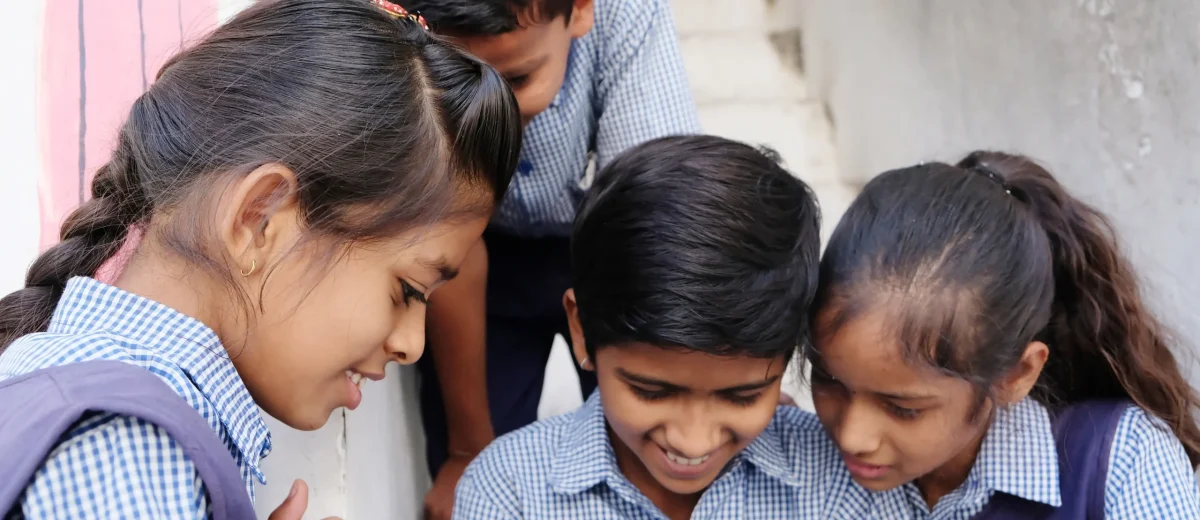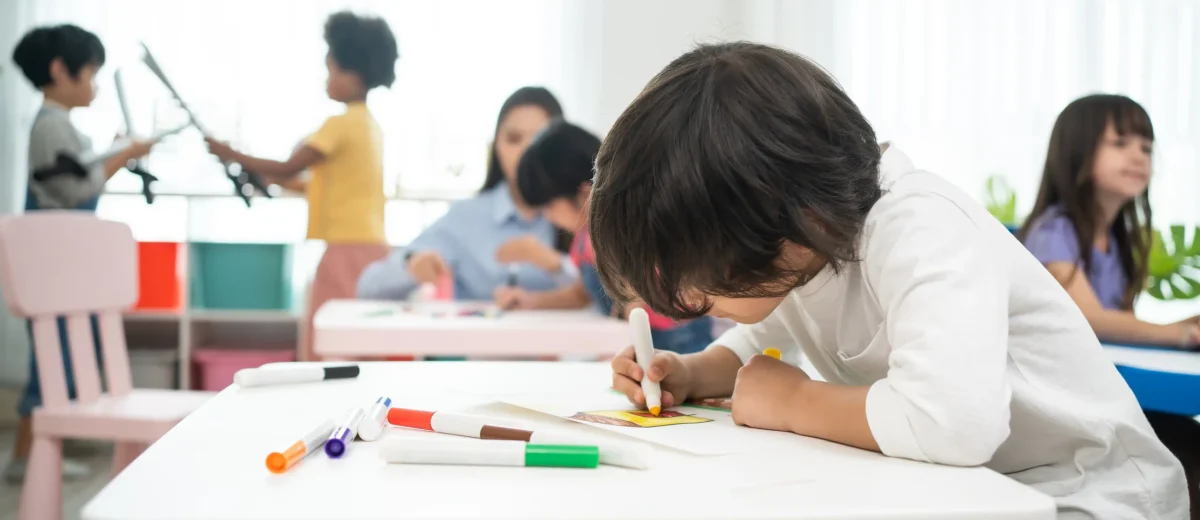Enhancing creativity in schools is vital for fostering original thought among students. This exploration encourages educational institutions to create environments where imaginative ideas and inquiry are prioritized. By moving away from standardized teaching methods, educators can celebrate diverse expressions of student potential, allowing young learners to cultivate innovation and extend their academic experiences. The text serves as a guide for teachers, administrators, and parents, offering strategies to intertwine creativity into daily learning and curriculum design. It highlights the significance of flexible classroom spaces, collaborative projects, and thoughtful educator training to consistently integrate creative approaches across subjects.
Creating opportunities for creative thinking involves designing open-ended projects that encourage exploration and imagination. Rather than sticking to rigid guidelines, teachers can allow students to make choices in their learning, fostering problem-solving skills and creativity. A well-designed classroom space that accommodates different interactions and offers a range of resources can further enhance this atmosphere. The importance of regular brainstorming sessions and collaborative efforts is stressed, as these practices promote teamwork and support a culture where students feel comfortable sharing bold ideas. The role of supportive school environments in promoting creativity is crucial, ensuring that children learn valuable lessons about resilience and adaptability.
The collaboration between schools and homes is key to nurturing creativity in students. Strong communication channels between teachers and parents enable them to share creative activities and support each other. Organizing workshops and family engagement events empowers parents to foster creativity in the home environment. This partnership enhances the educational experience, making creativity a shared value that influences all aspects of a child’s development. The overall goal is to prepare students for future challenges, instilling lifelong imaginative skills that will serve them both academically and personally.
Key Takeaways:
Creative environments enable students to explore original thought and innovative problem-solving.
Open-ended projects encourage choice and flexibility, fostering creativity.
Classroom design and regular collaborative sessions are essential for enhancing creativity.
Strong school-home collaboration amplifies support for creative pursuits in students.
Creativity prepares students for life’s challenges, encouraging resilience and adaptability.



